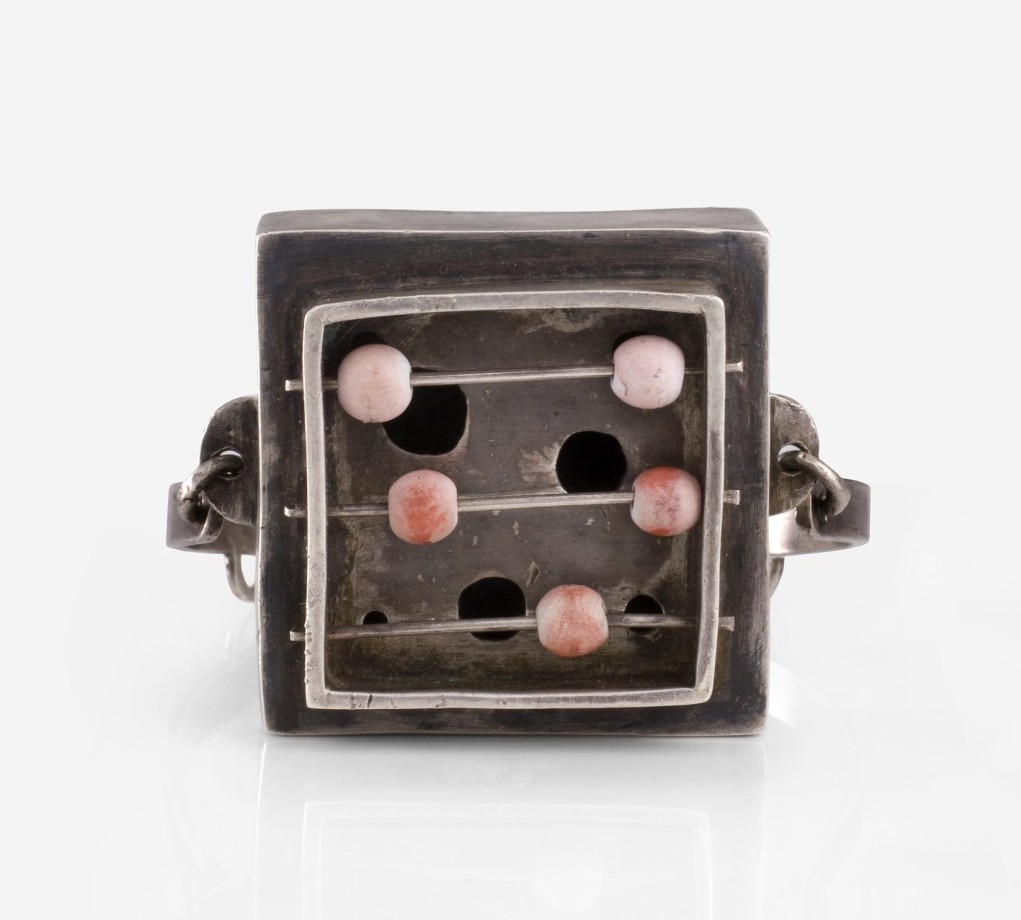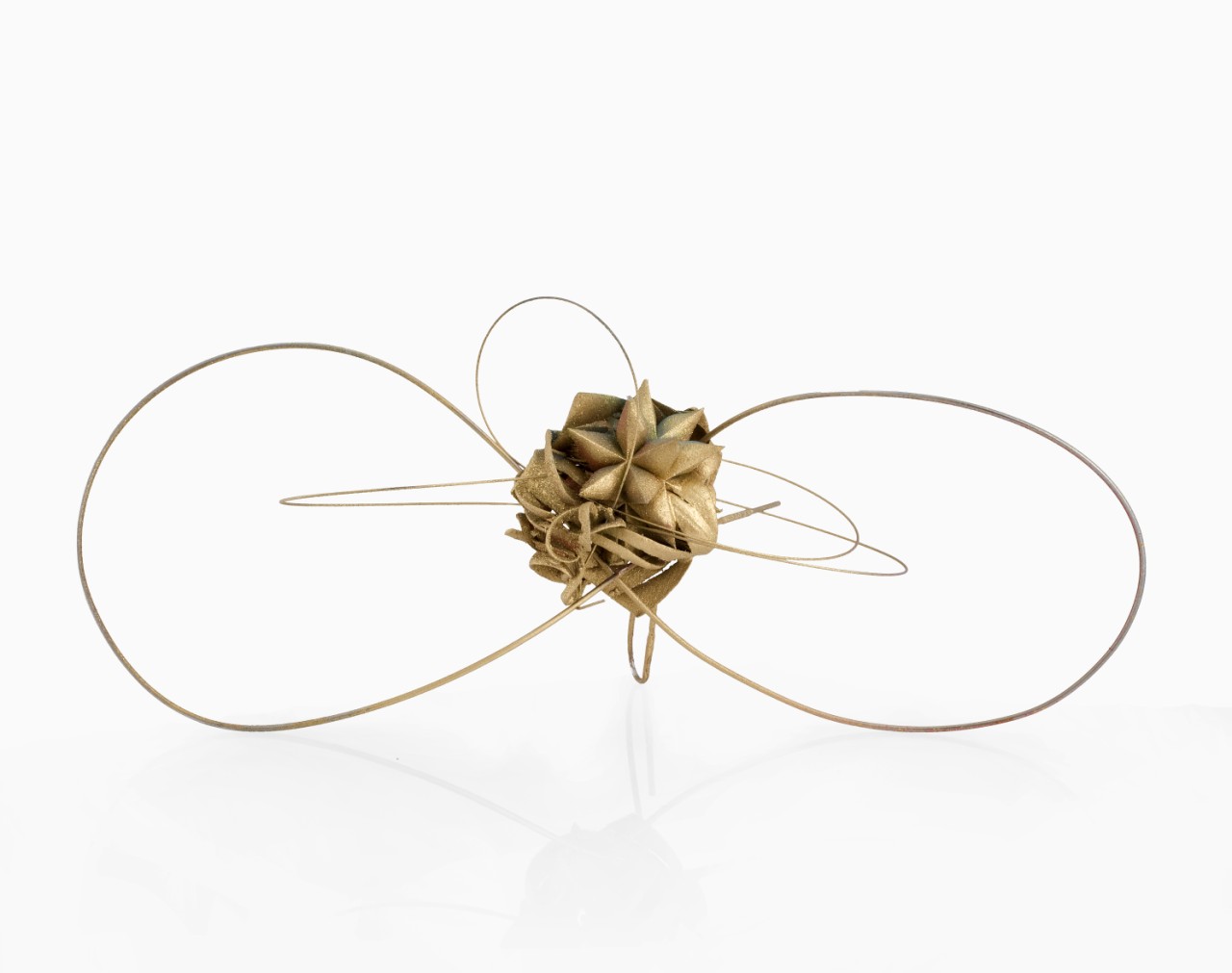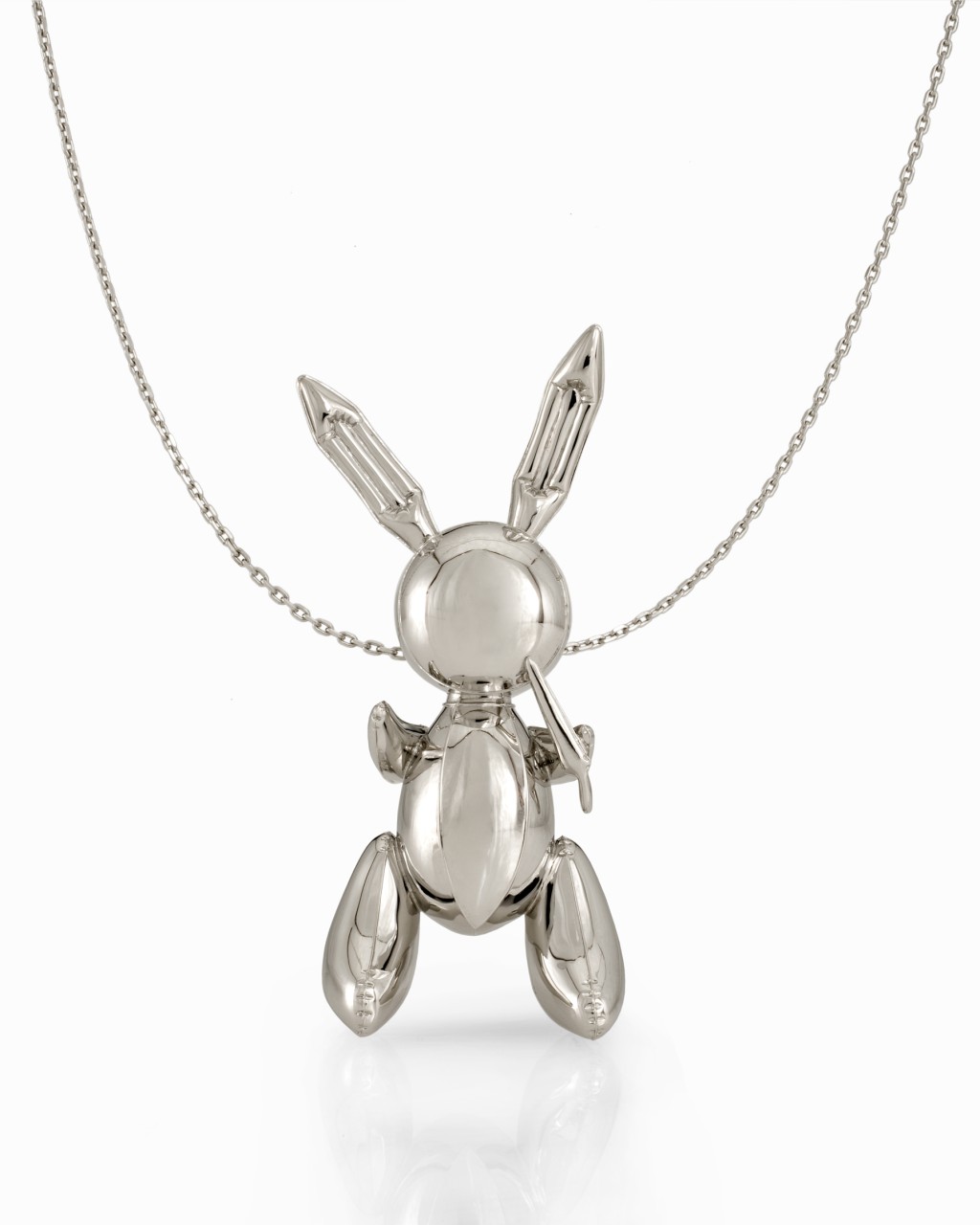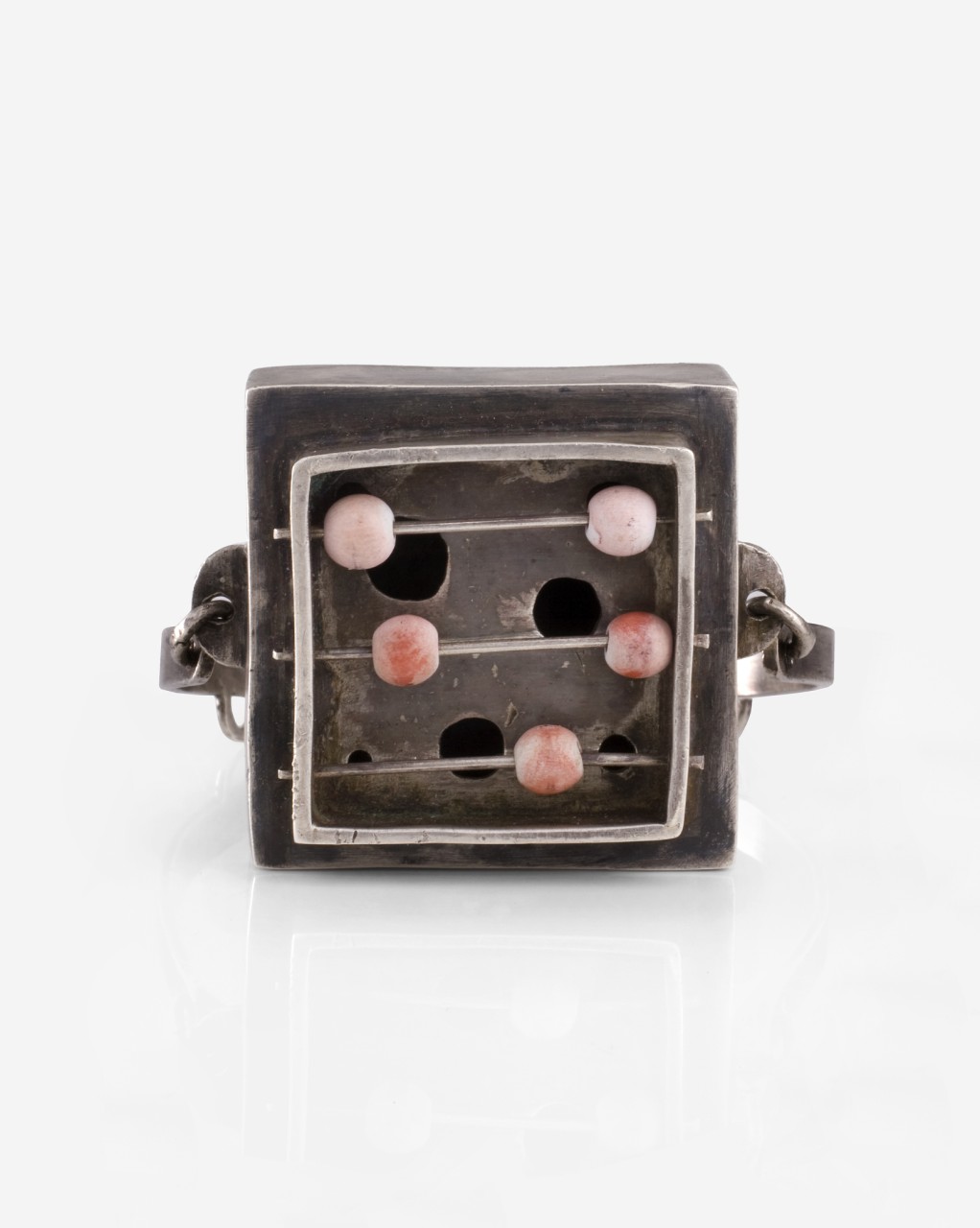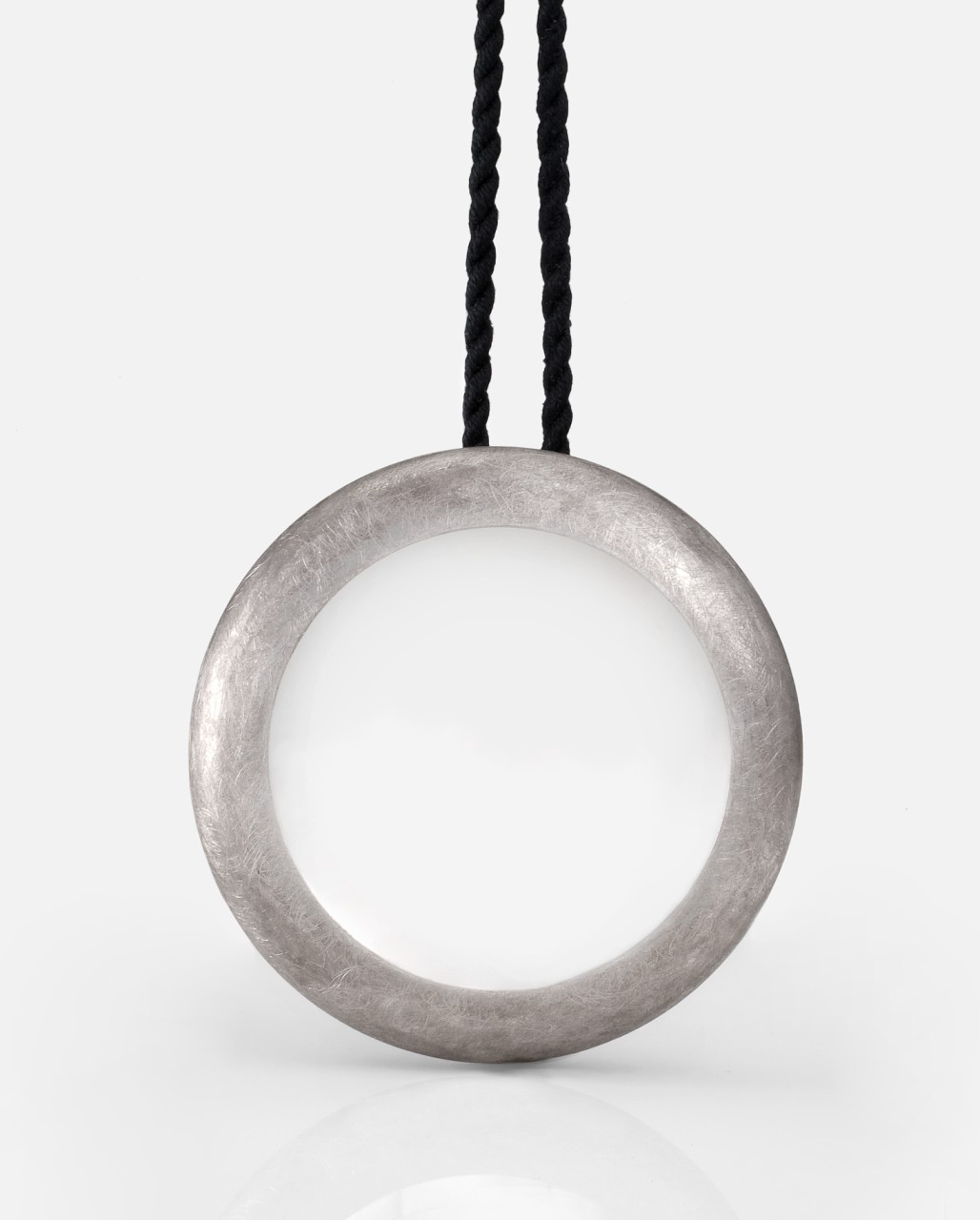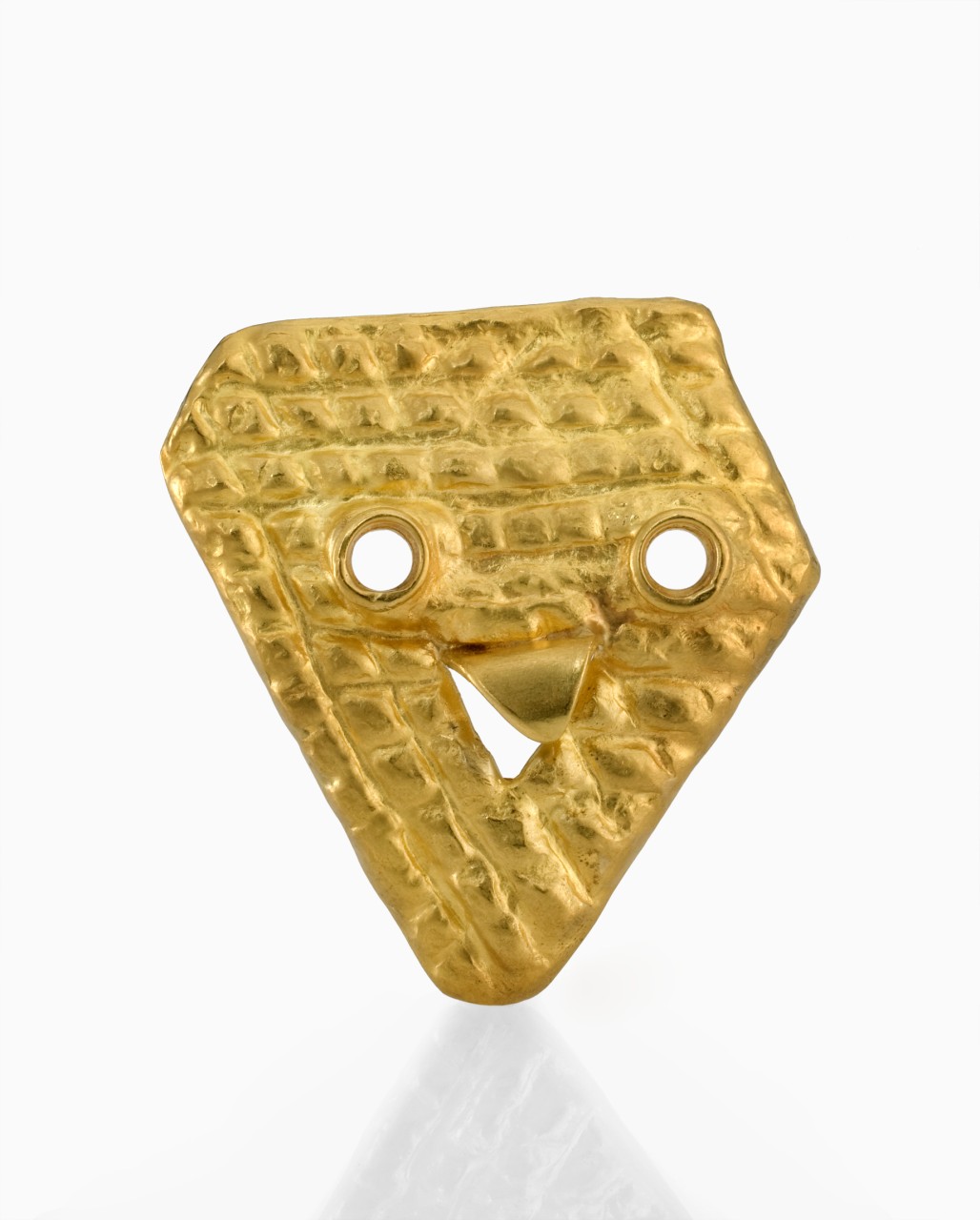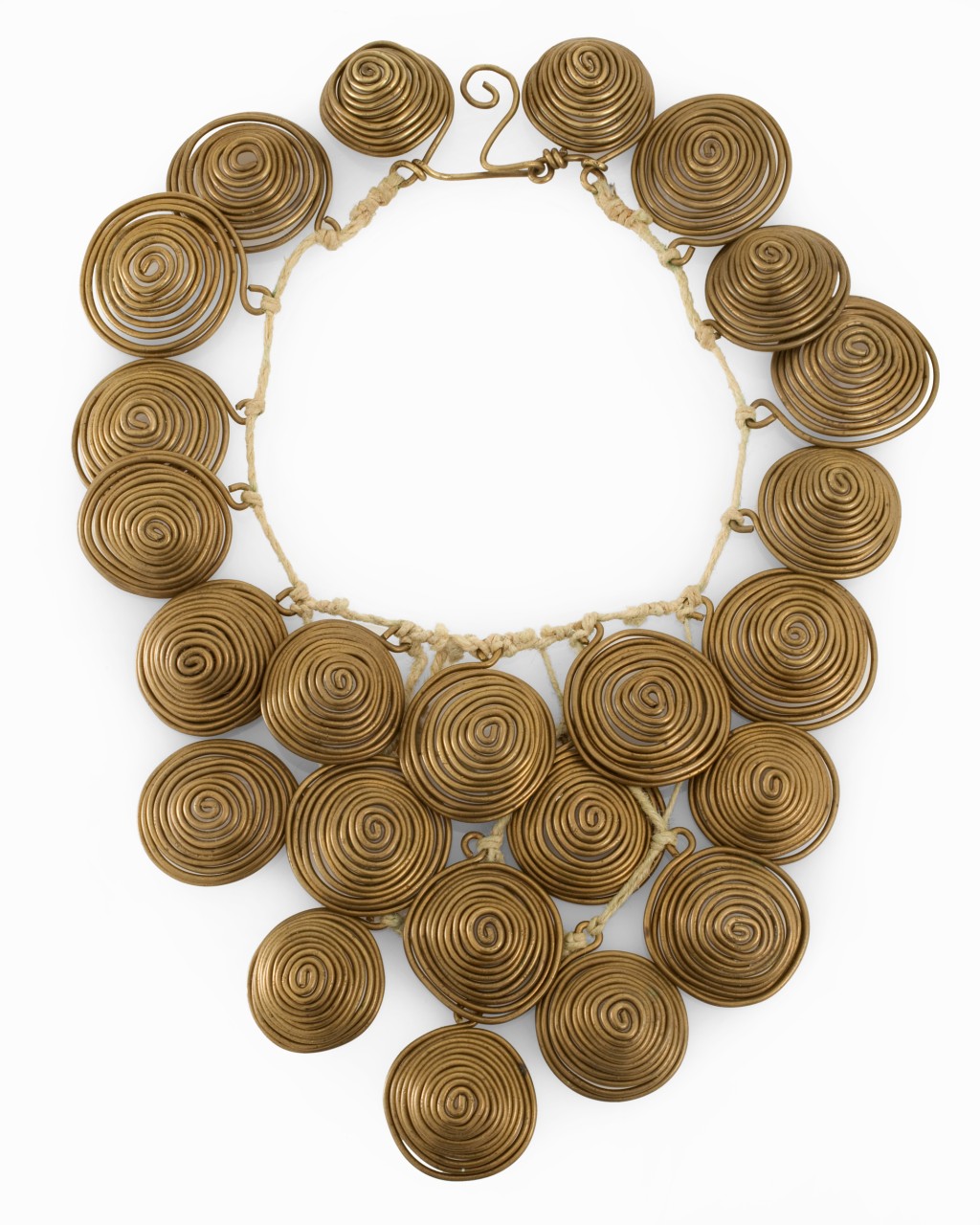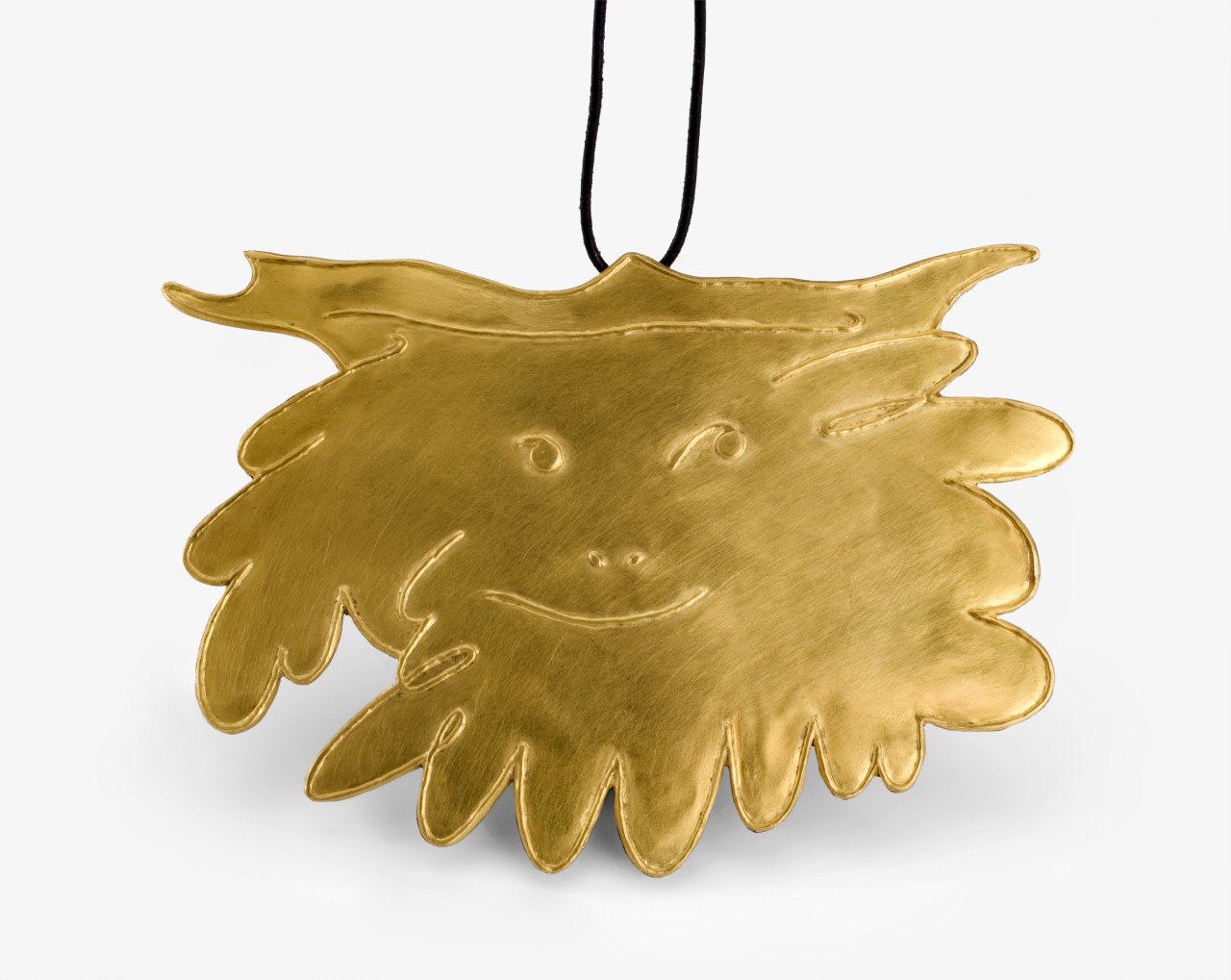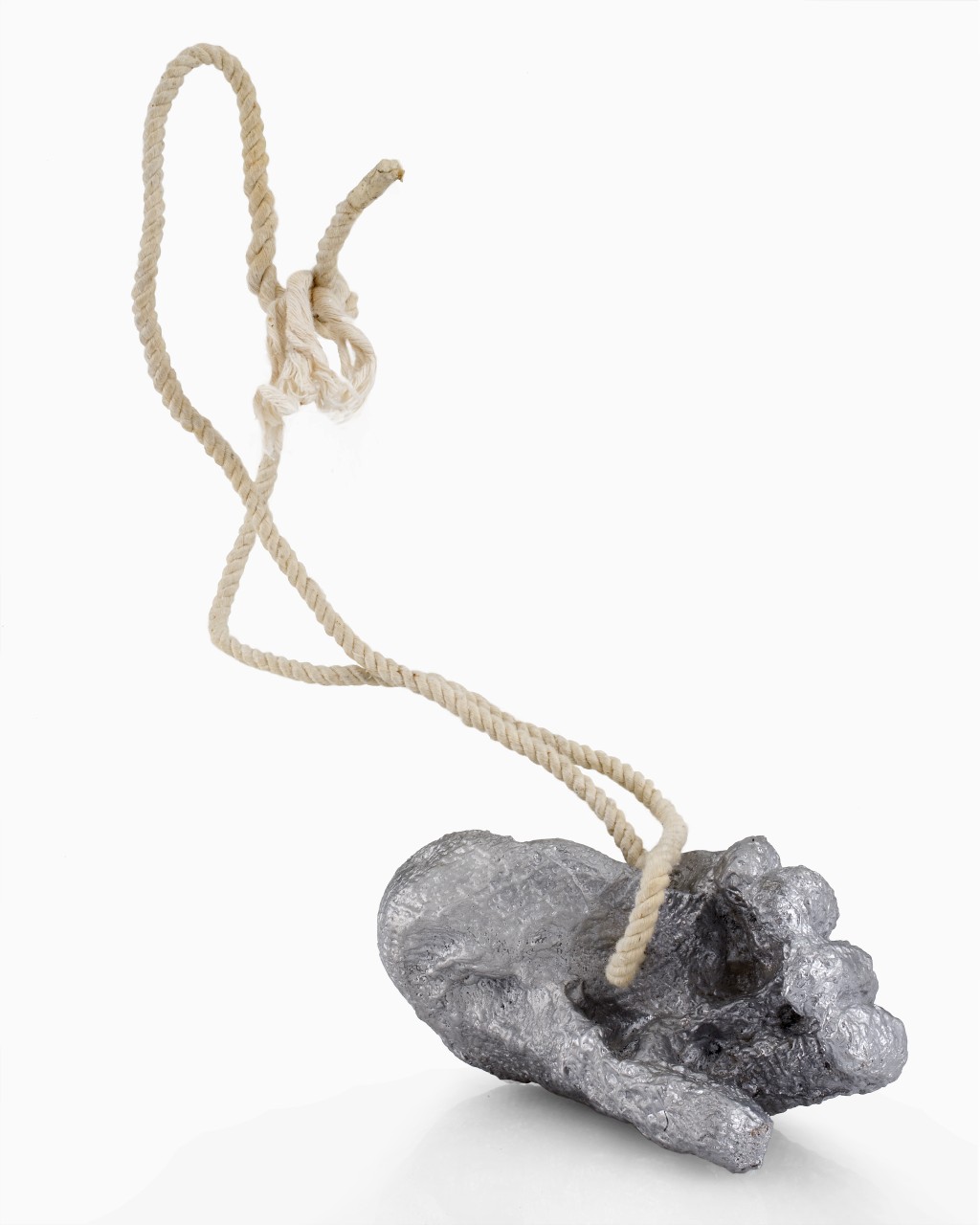The intimate, often whimsical sides of some of the greatest artists of recent times are revealed in some 200 works, each offering a singular vision of adornment.
The exceptional and little-known works of wearable sculpture presented this fall in Picasso to Koons: Artist as Jeweler will reward viewers with new insights into the creative wellsprings of such artistic giants as Georges Braque, Max Ernst, Lucio Fontana, Louise Nevelson, Anthony Caro, Yoko Ono, and Anish Kapoor. Organized by the Museum of Arts and Design, in collaboration with guest curator Diane Venet, the editor of and contributor to the 2008 catalogue "Bijoux Sculptures," Picasso to Koons opens on September 20, 2011 and runs through January 8, 2012.
Boasting works by 135 artists, this captivating exhibition is drawn from the holdings of a host of noted collectors, artists, and artist estates. A former radio and television journalist, French Venet first became fascinated with artist-made jewelry when her-then-beau sculptor Bernar Venet rolled a thin piece of silver around her finger to form a wedding ring. (Bernar Venet's monumental sculptures are currently on exhibit through the fall in the gardens of Versailles.) Since then, she has acquired jewels made by her husband's confreres, a group that has included Arman, Cesar, Mimmo Rotella, and Villegle, and she has commissioned pieces by Kader Attia, John Chamberlain, Wim Delvoye, Orlan, and Frank Stella. "I'm careful to ask only those artists whom I think will find the request challenging and fun," says Venet. "It's important they recognize that the jewel should be seen as an extension of their art-making."
While many of these wearable sculptures are crafted out of precious materials, what makes them so compelling is the beauty and candor of the artistic expression. Often conceived for a lover or a cherished family member or friend, a number of these pieces reveal a surprising tenderness or whimsy. The wearable sculptures will be presented in three groupings—the Early Masters, Representational, and Abstraction—with sections devoted to the human figure, nature, Pop subjects, words, geometry, and new technologies and materials.
